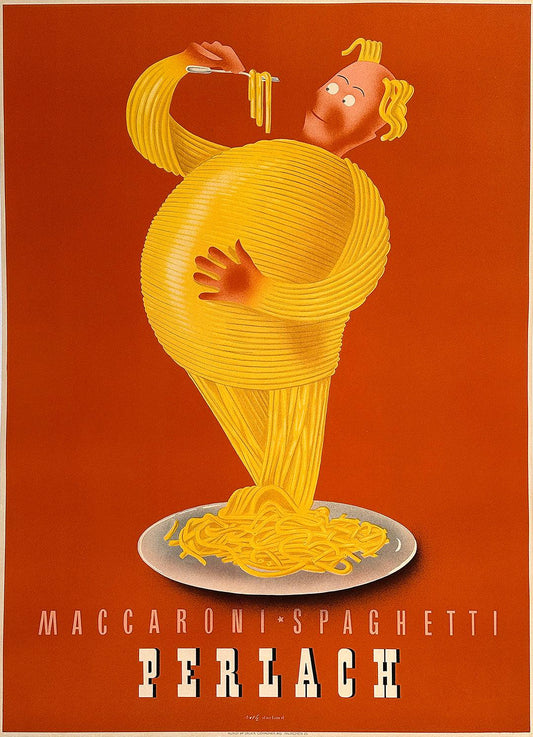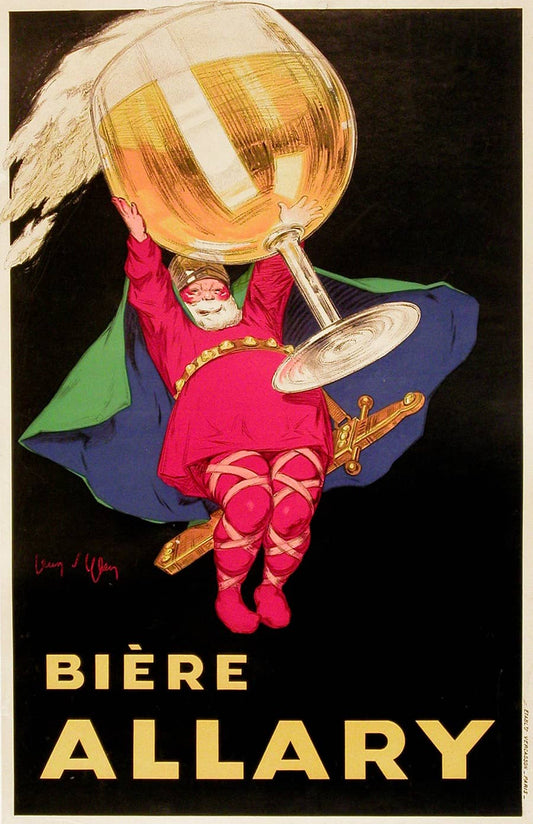Each of the world leaders are positioned with their political rivals, revealing a comedic and optimistic wish for world peace. From the left hand side, Ogé depicts the familial entanglements of Europe. Here, German Kaiser Wilhelm II tolerates a French cockerel standing on his helmet (and even protecting it from the harm of his waxed mustache points that have been capped). He pours a drink for Mutsuhito (Meiji), the Emperor of Japan. At the table, French President Emile Loubet comforts Russian Emperor Nicholas II over his failed efforts to have an heir. Nicholas II is also unphased by the presence of Mutsuhito directly behind him, which makes sense considering the two countries were at war at the time.
In the center of the artwork, the newly elected Pope Pius X reconciles with King of Italy, Victor Emmanuel III. Next to them sit the newly crowned Edward VII, King of England, and the sugar magnate, Jacques Lebaudy. Edward VII is satirized for his affinity for the French, and this is noted with the Moulin Rouge topping his newspaper hat. He rests his left arm over the globe showing his colonization of Africa. They are discussing Lebaudy’s self-appointment as the Emperor of the Sahara – which at the time was seen as a ridiculous declaration. Lebaudy is depicted wearing a crown of sugar. Above them, King Leopold II of Belgium admires a playbill featuring the dancing superstar, Cleo de Merode. Leopold II had already fathered two children to a prostitute, and had been rumored at the time to have had a love affair with the young star. Behind him is the allegory of a drunken Eros who is seemingly directing Leopold II’s passions.
Towards the right of the piece sits the young Spanish king, Alfonso XIII, who had recently been enthroned at the age of sixteen. He sits atop a highchair wearing knickerbockers, appropriate for little children. He plays with a toy bull, symbolizing the Spanish Kingdom. Below him is a more controversial scene, which shows Uncle Sam, the allegory of America, feeding La Menthe Pastille to an infant African American caricature. This image of a Post-Civil War Uncle Sam sits atop a shipping container that has a note which reads, “Thanks to La Menthe Pastille, My States Are United.” This scene represents how many Europeans viewed race relations in America during the turn of the century.
Ogé’s artwork for this advertisement was so popular that the artist returned to the same theme for two later designs in 1909 and in 1913. These series of posters highlight and satirize the political entanglements leading up to the First World War.





